The ocean is one of my favorite places to be and to photograph. Living in Delaware by the Atlantic, I spend a lot of time at the beach. Here are my top 10 tips for photographing the ocean.
1. Shoot at different times of day
The ocean looks completely different based on what time of day you visit. The tides, light, waves, wildlife, and flow of people all change based on the time of day, and these factors affect the composition of the beach. Try shooting at sunrise, sunset, high tide, low tide, and everything in between!
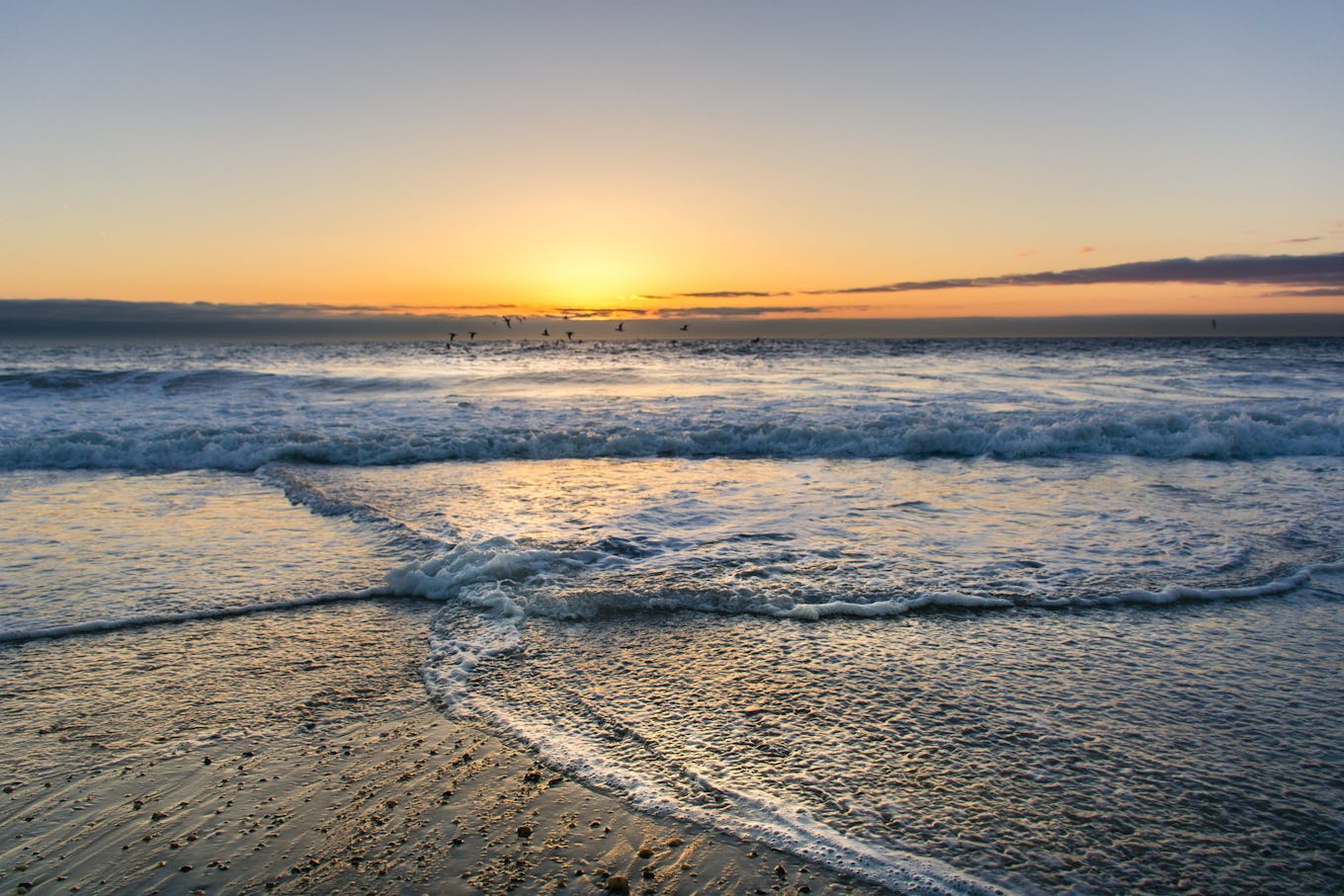 Sunrise on the Atlantic Coast at Cape Henlopen State Park
Sunrise on the Atlantic Coast at Cape Henlopen State Park
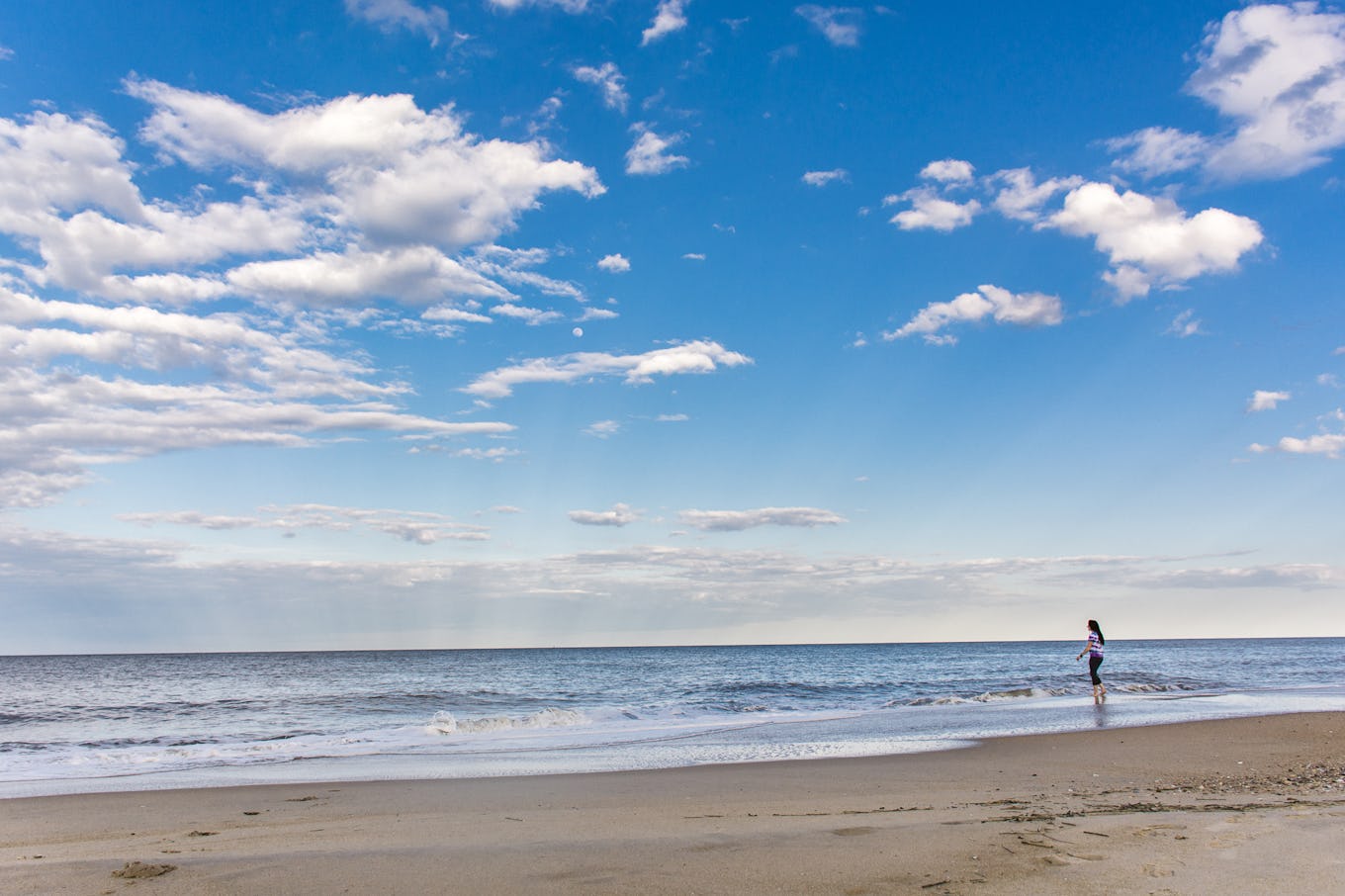 Same beach, middle of the day
Same beach, middle of the day
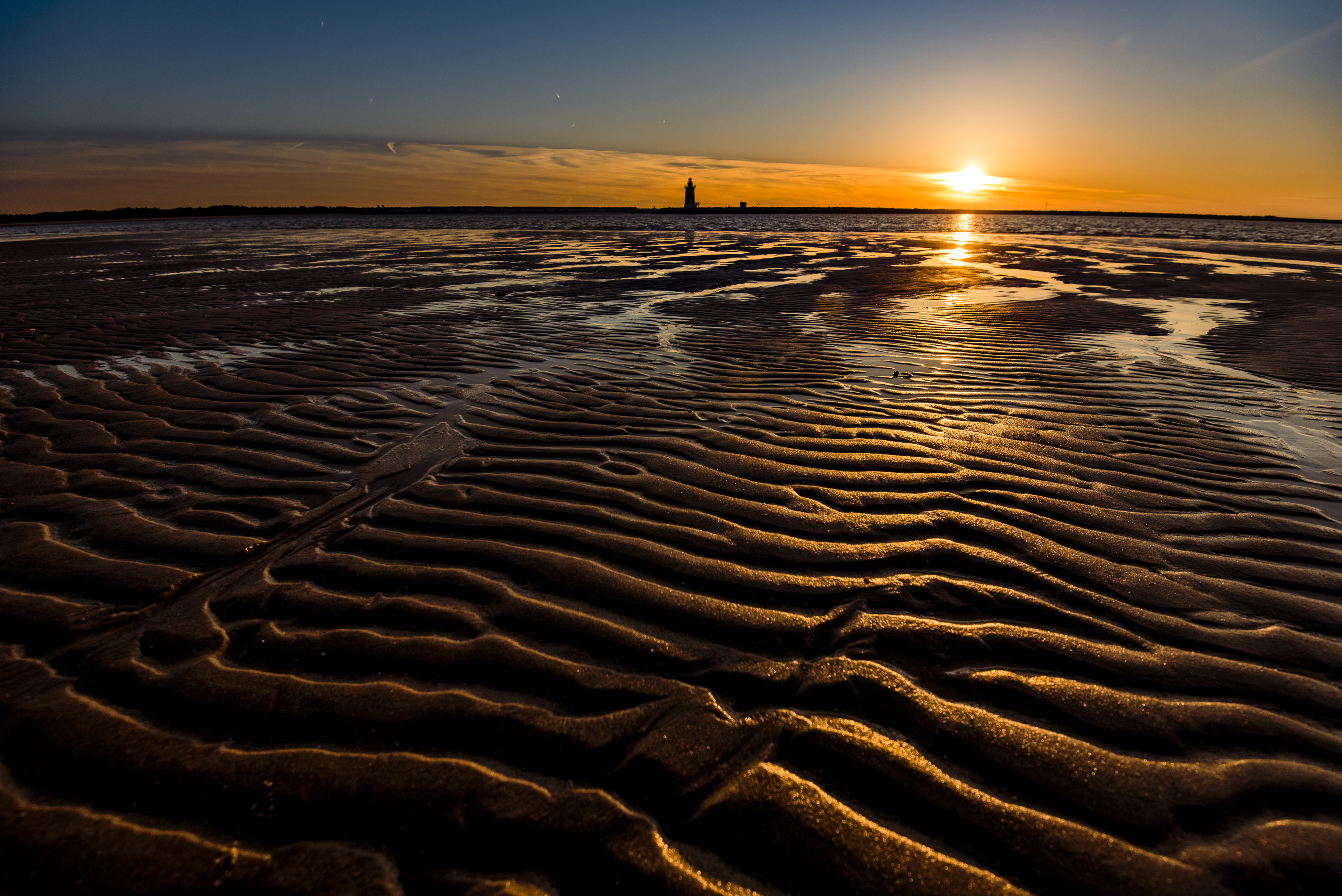 Cape Henlopen State Park at low tide
Cape Henlopen State Park at low tide
2. Shoot at different times of year
Along with different times of day, different times of the year change the beach. The same beach will look completely different in the summer vs. the winter. There are less people in the winter, the colors are different, and even the shape of beach changes. Different species of wildlife are also present during different times of the year. In Delaware, dolphins come through the ocean in the summer, and harbor seals come for the winter. I love visiting the beach regardless of the season, but I especially love seeing how the same place constantly changes throughout the year.
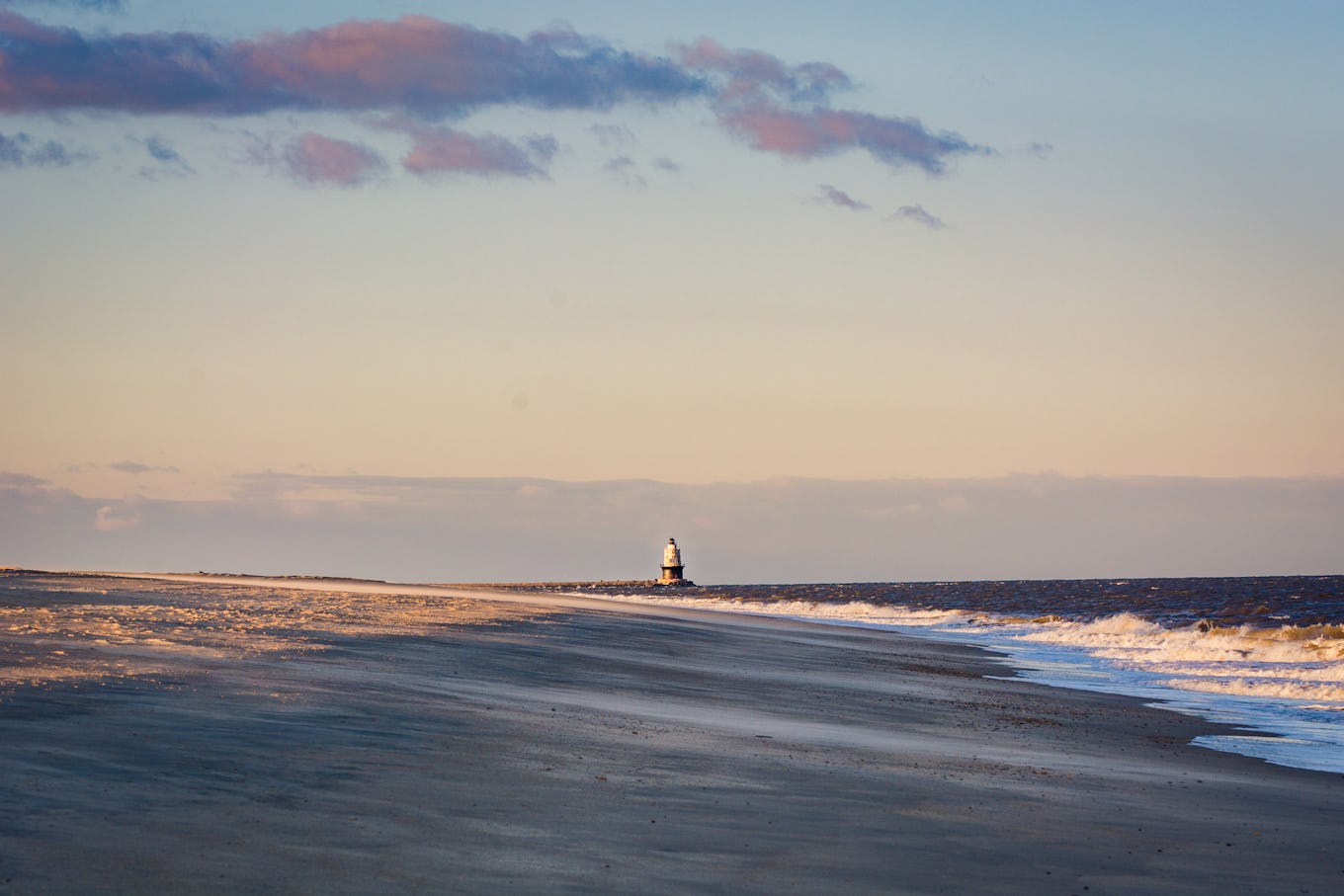 Winter colors at Cape Henlopen State Park
Winter colors at Cape Henlopen State Park
 Summer colors at Rehoboth Beach
Summer colors at Rehoboth Beach
3. Choose a point of interest
There is a lot going on at the beach: people, waves, sand, sky. To add some interest to your photos, choose something to focus on. When I look at a beach scene, I think about the particular element in the scene that makes that image interesting to me. That thing could be the motion of the waves, the colors of the sand, the patterns of clouds in the sky, or endless other options.
Here are two photos of the same sunrise taken about 2 minutes apart.
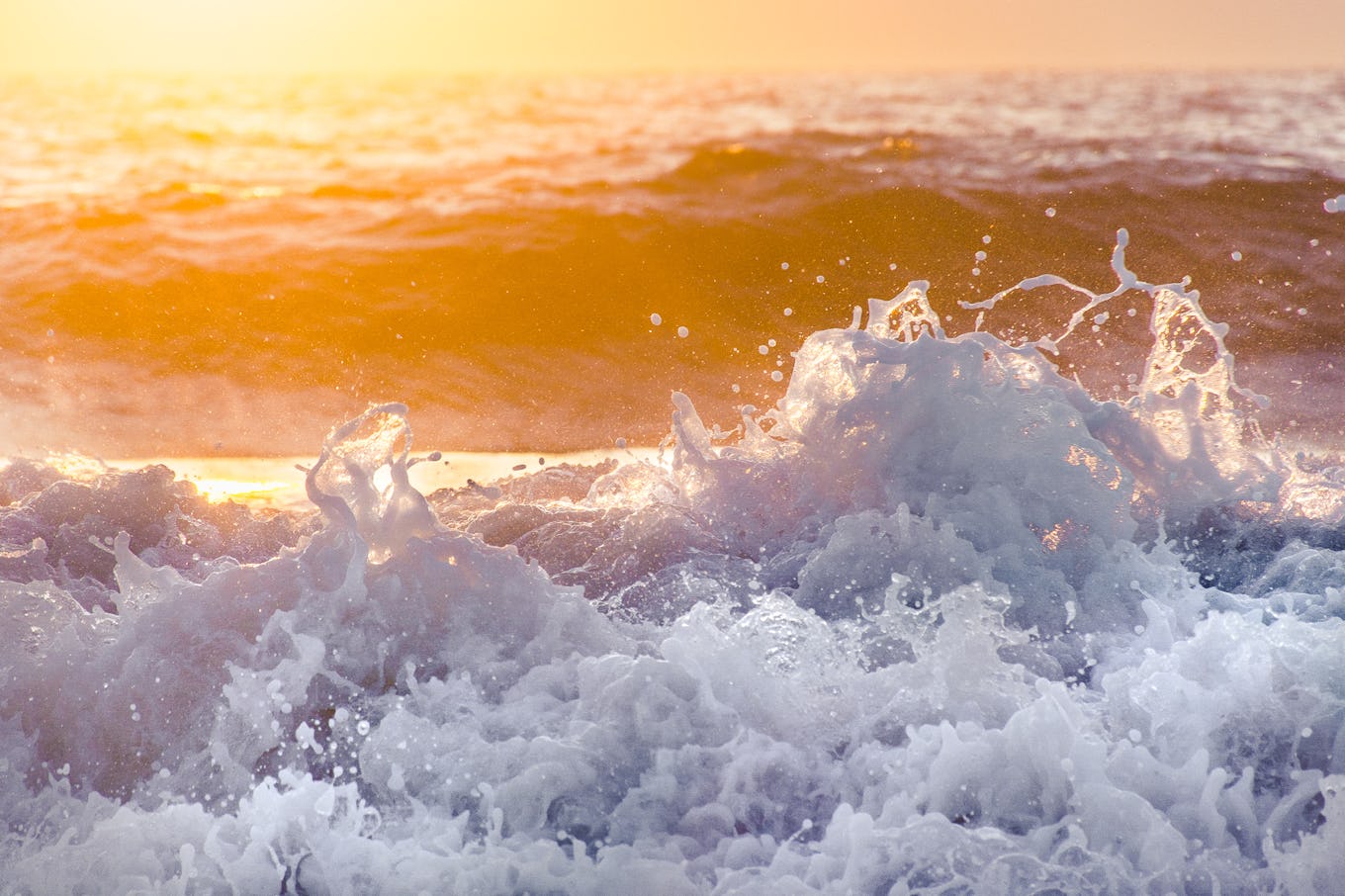 Sunrise #1: focusing on the way the sunlight interacts with the splash of the waves .
Sunrise #1: focusing on the way the sunlight interacts with the splash of the waves .
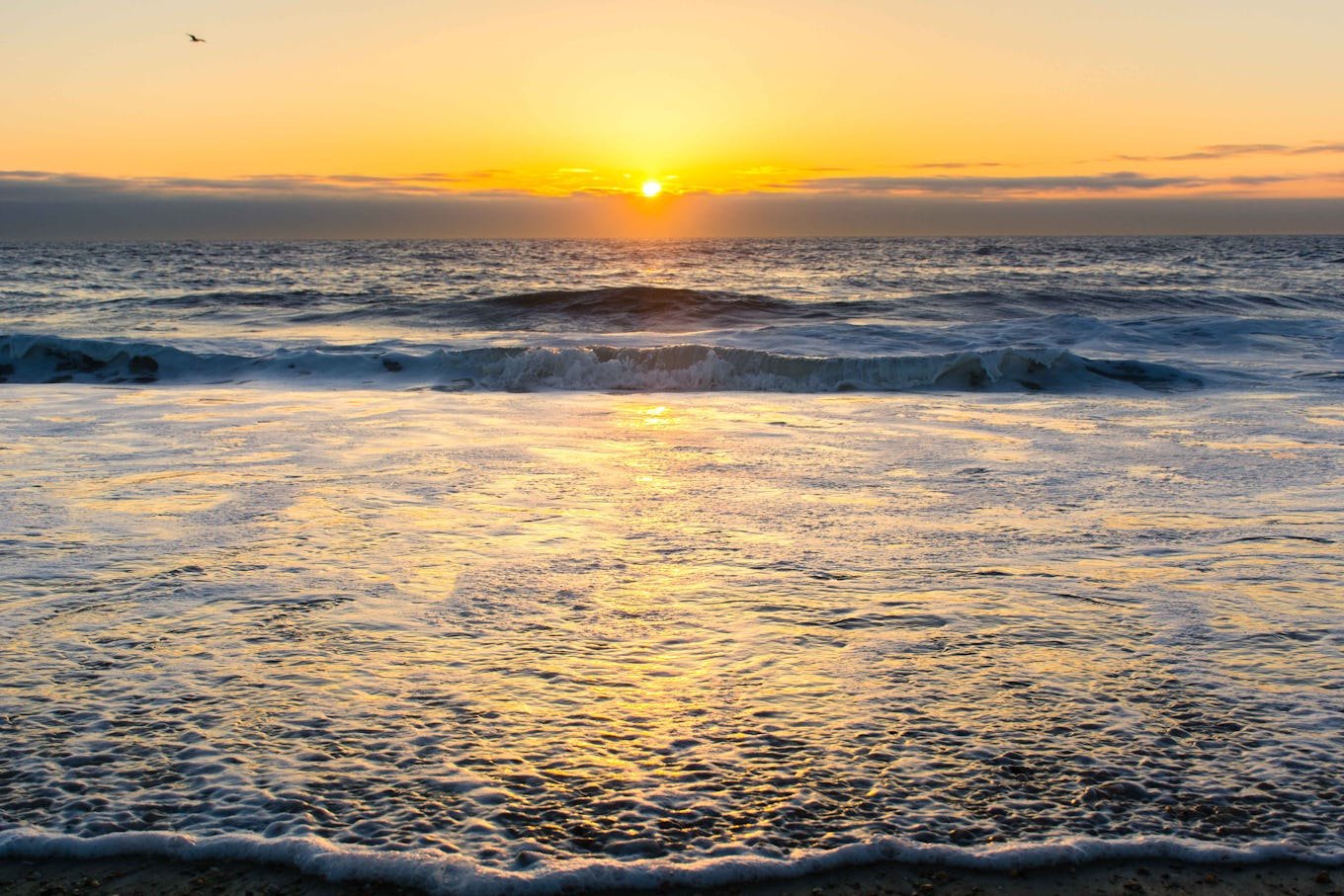 Sunrise #2: Same sunrise, this time focusing on the overall look of the sun reflection
Sunrise #2: Same sunrise, this time focusing on the overall look of the sun reflection
4. Introduce a human element
I’m all about landscape shots free of people. However, strategically incorporating a human can add scale, drama, a point of interest, and a bit of storytelling to an image.
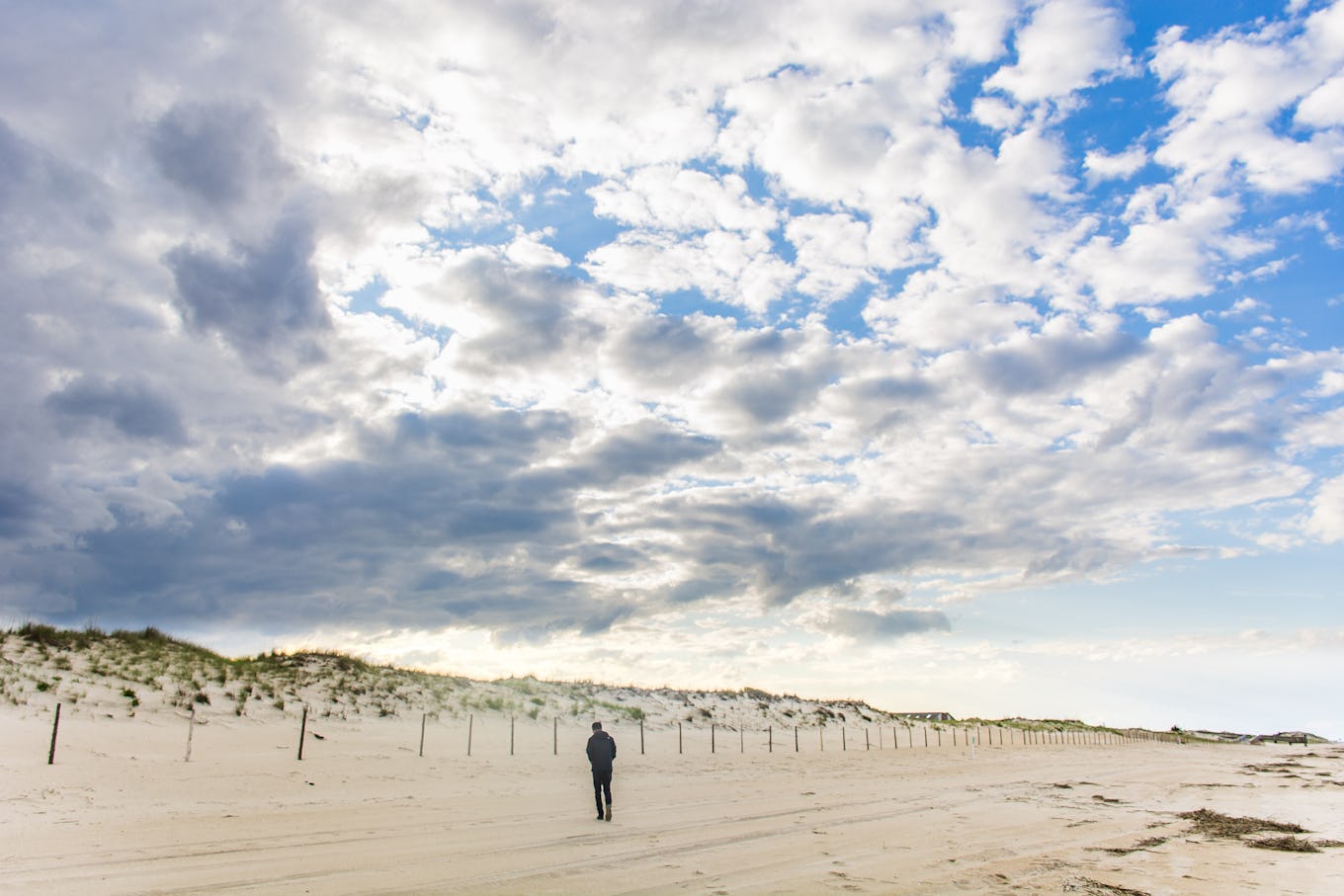
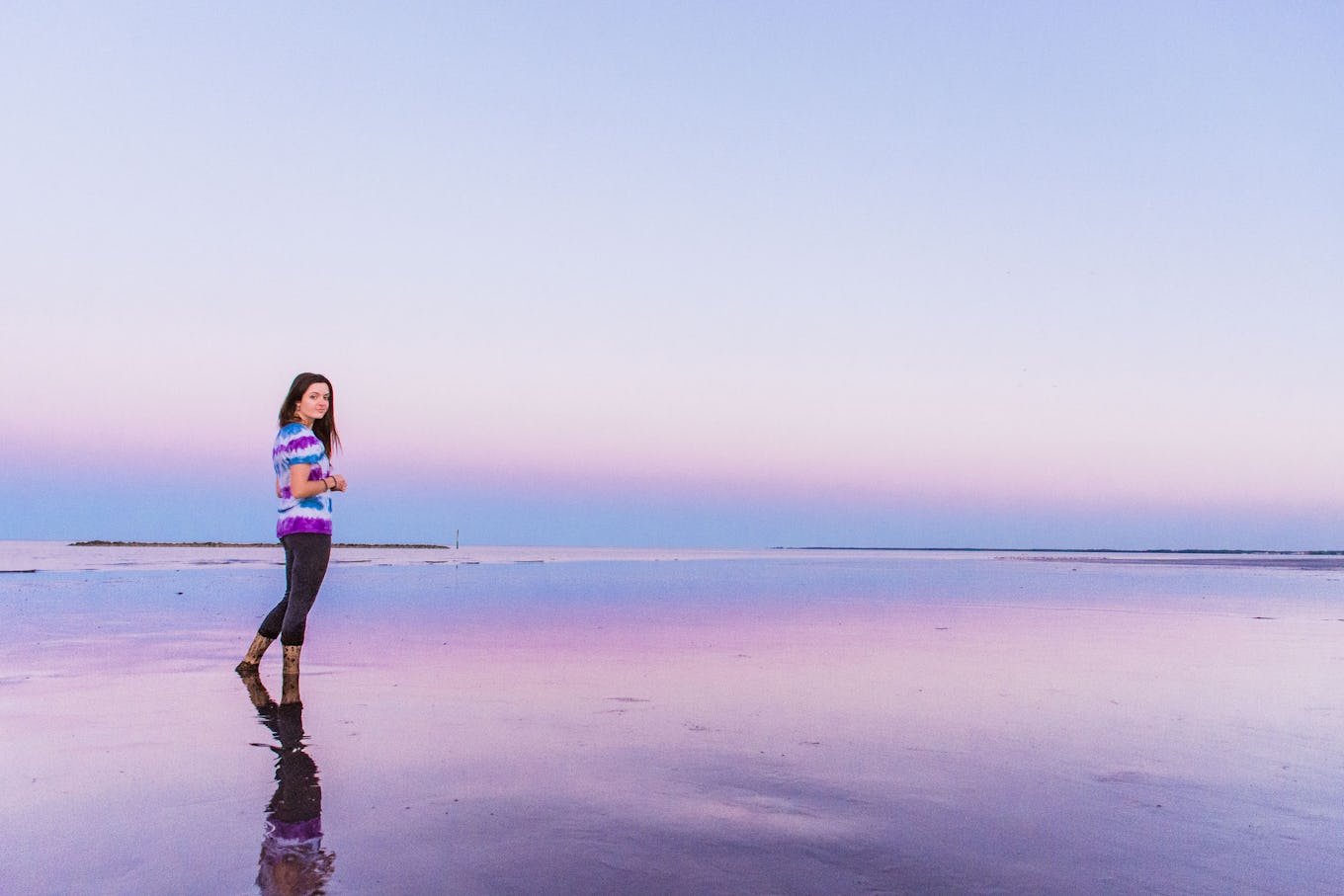
5. Experiment with shutter speed
Changing the shutter speed can create an entirely different mood in a photo. Freeze the crazy wave action with quick shutter speeds, or try a long exposure to extend the motion and create a dreamy vibe.
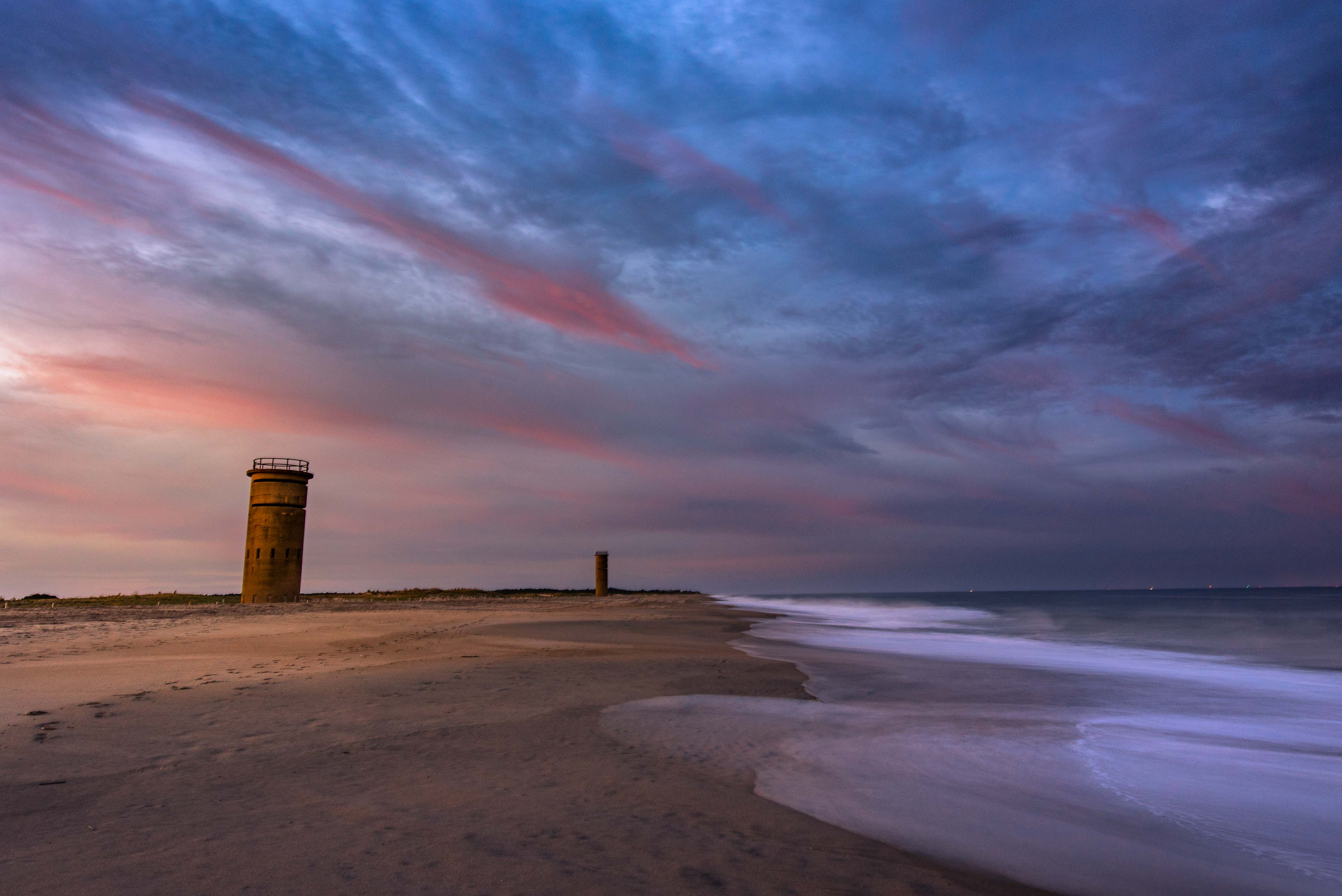
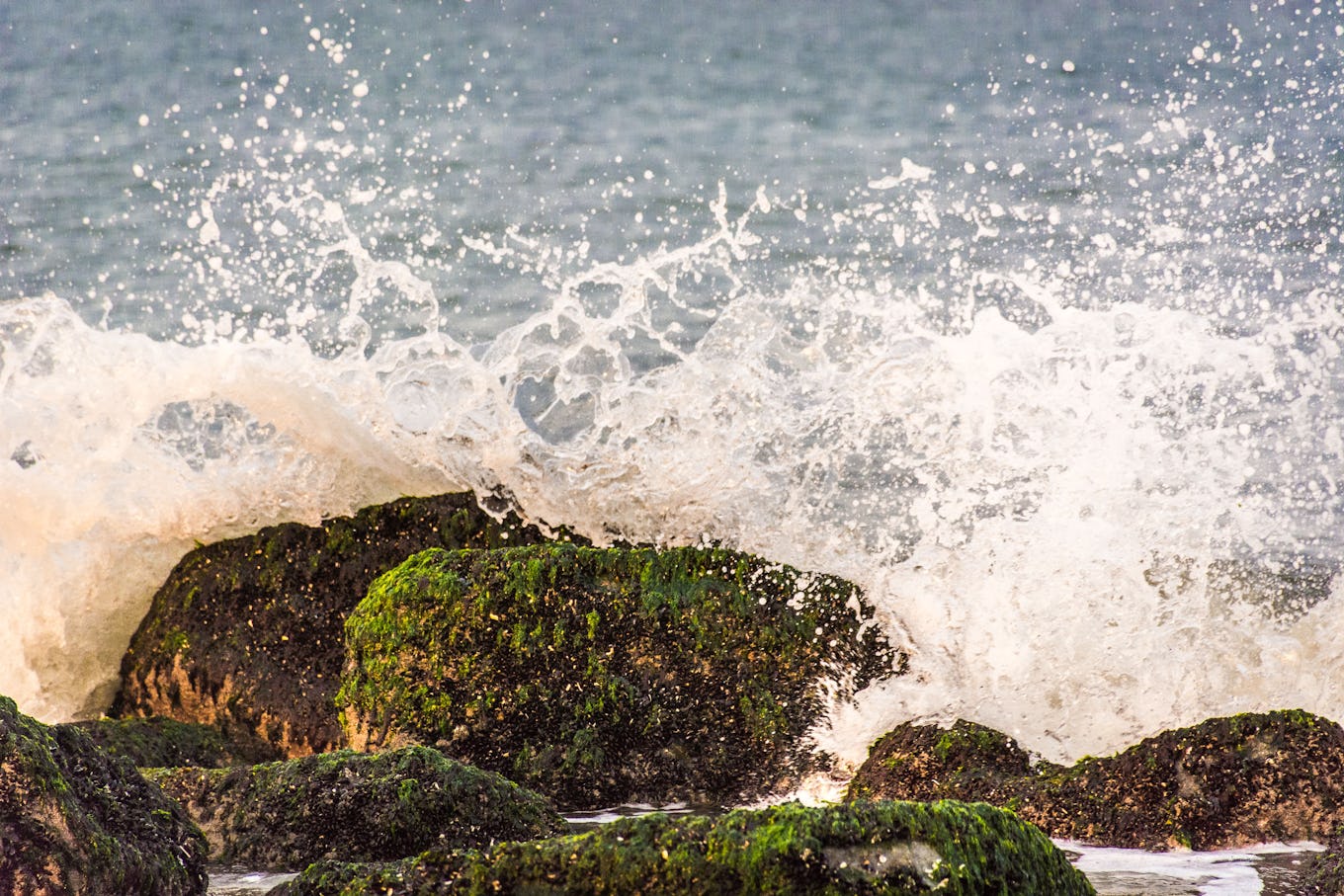
6. Zoom in and Zoom out
Big open scenic shots are awesome. So are tight detail shots. Change it up to add some variety to your ocean shots. Try a wide angle lens, and a telephoto.
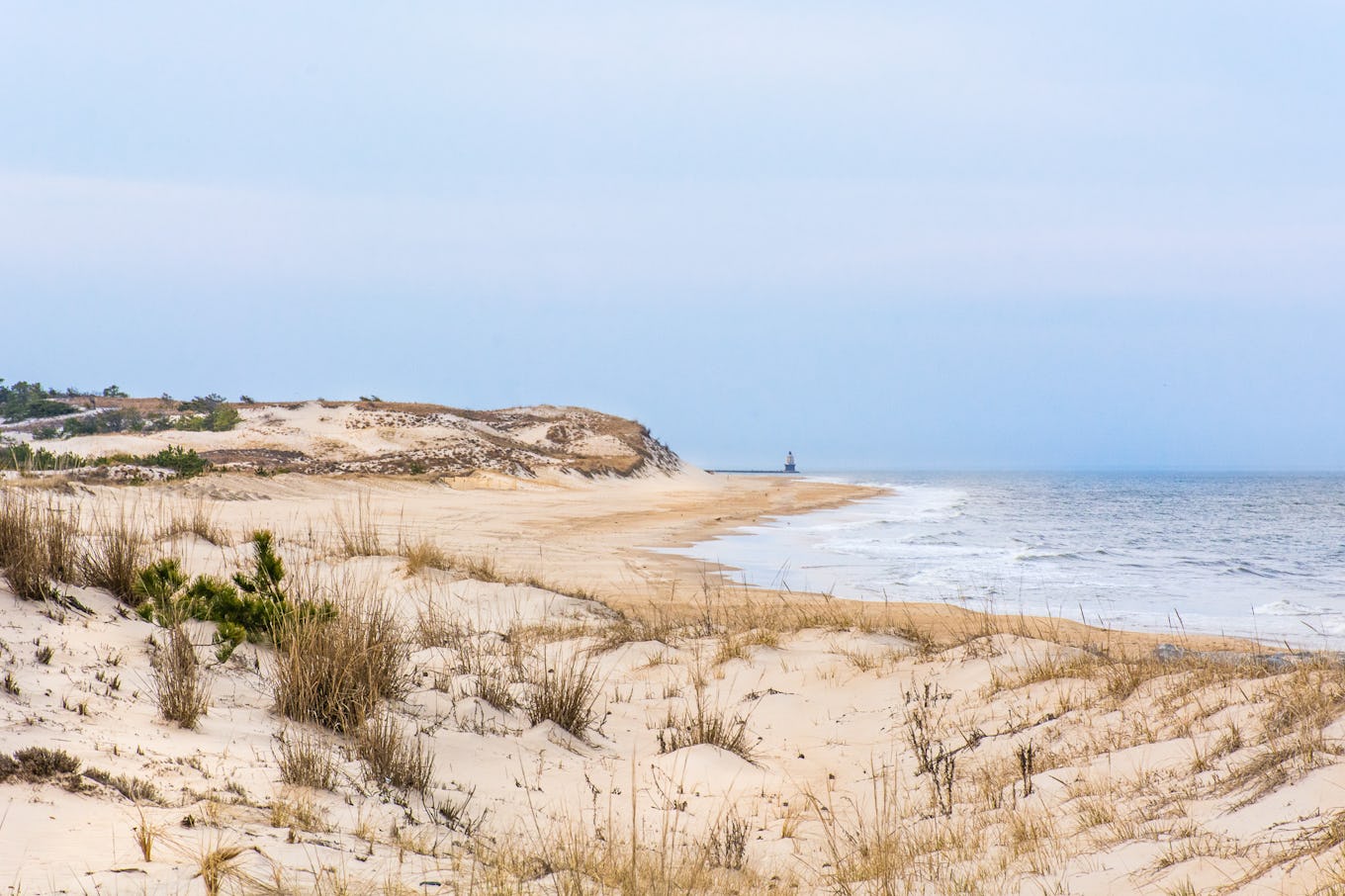
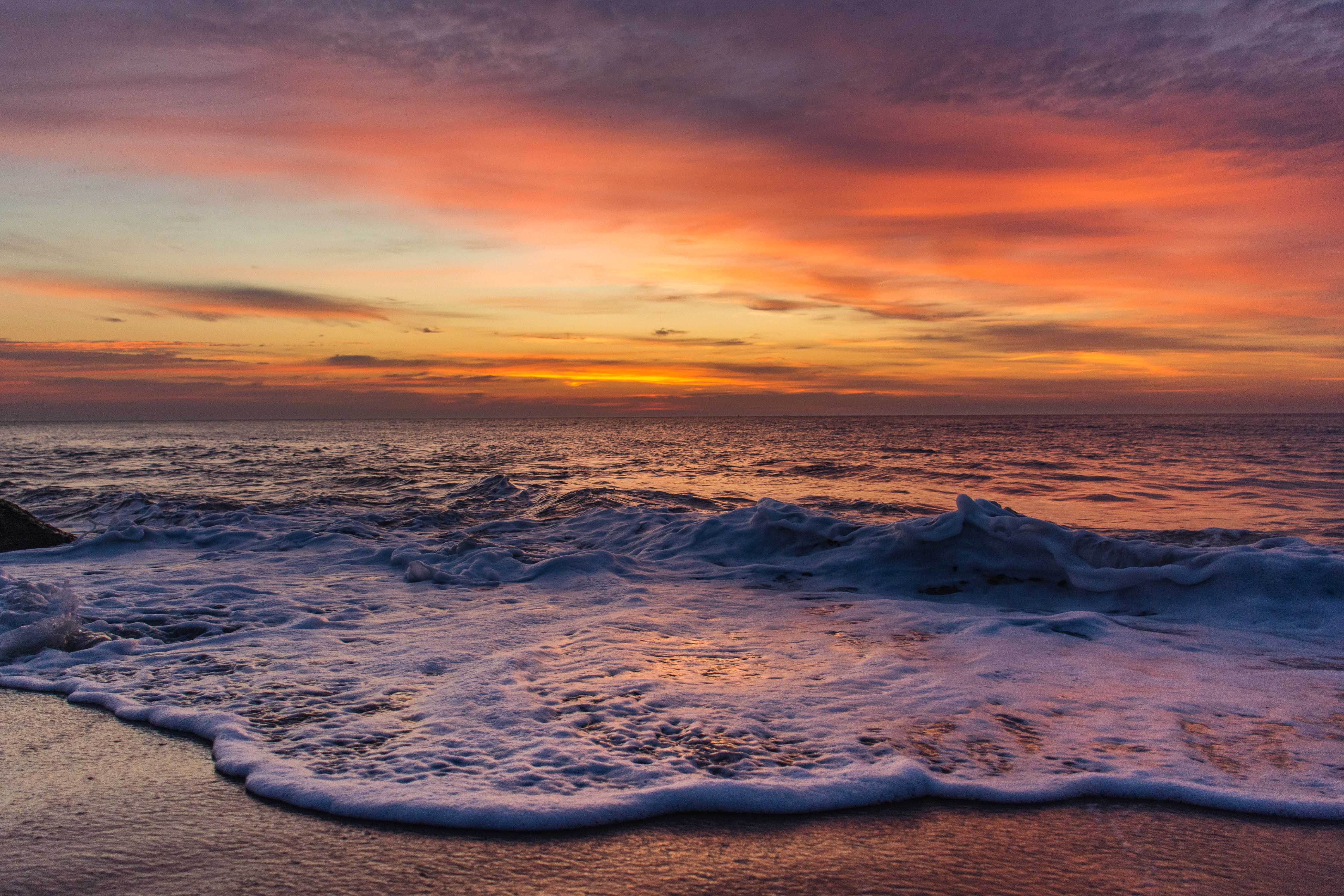
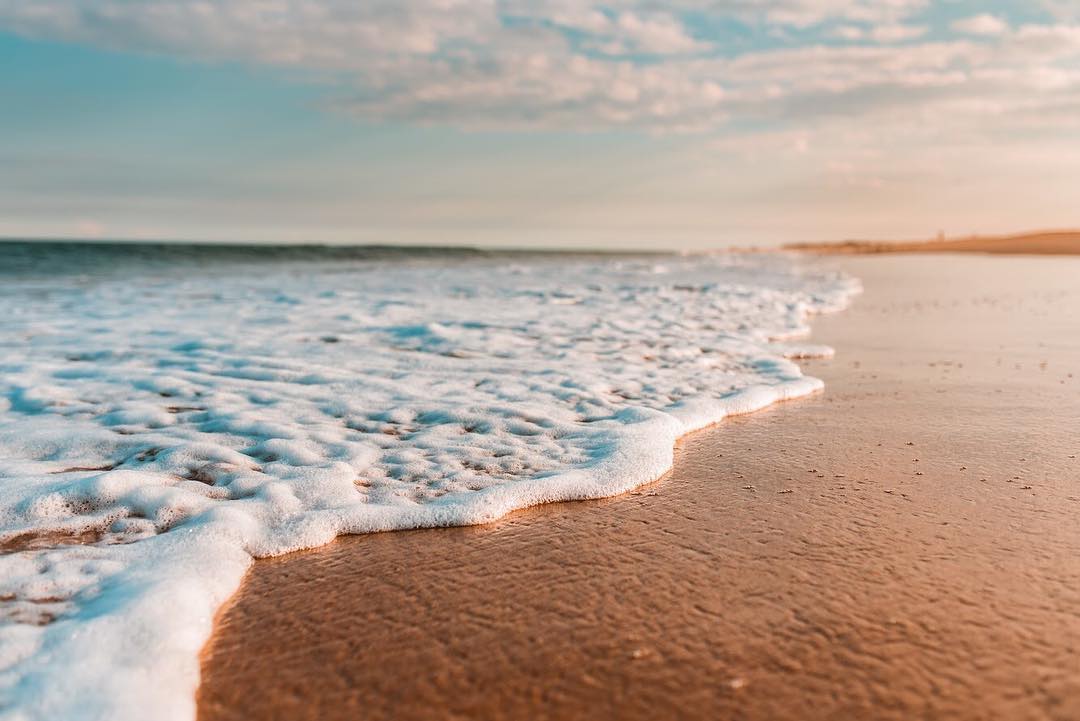
7. Be ready for change
You never know when you’re going to be shooting a wide angle sunset and suddenly a pod of dolphins shows up or a bird catches something interesting that you want to zoom in on. When shooting the ocean, I will usually carry a zoom lens in my bag so that I’m ready for anything.
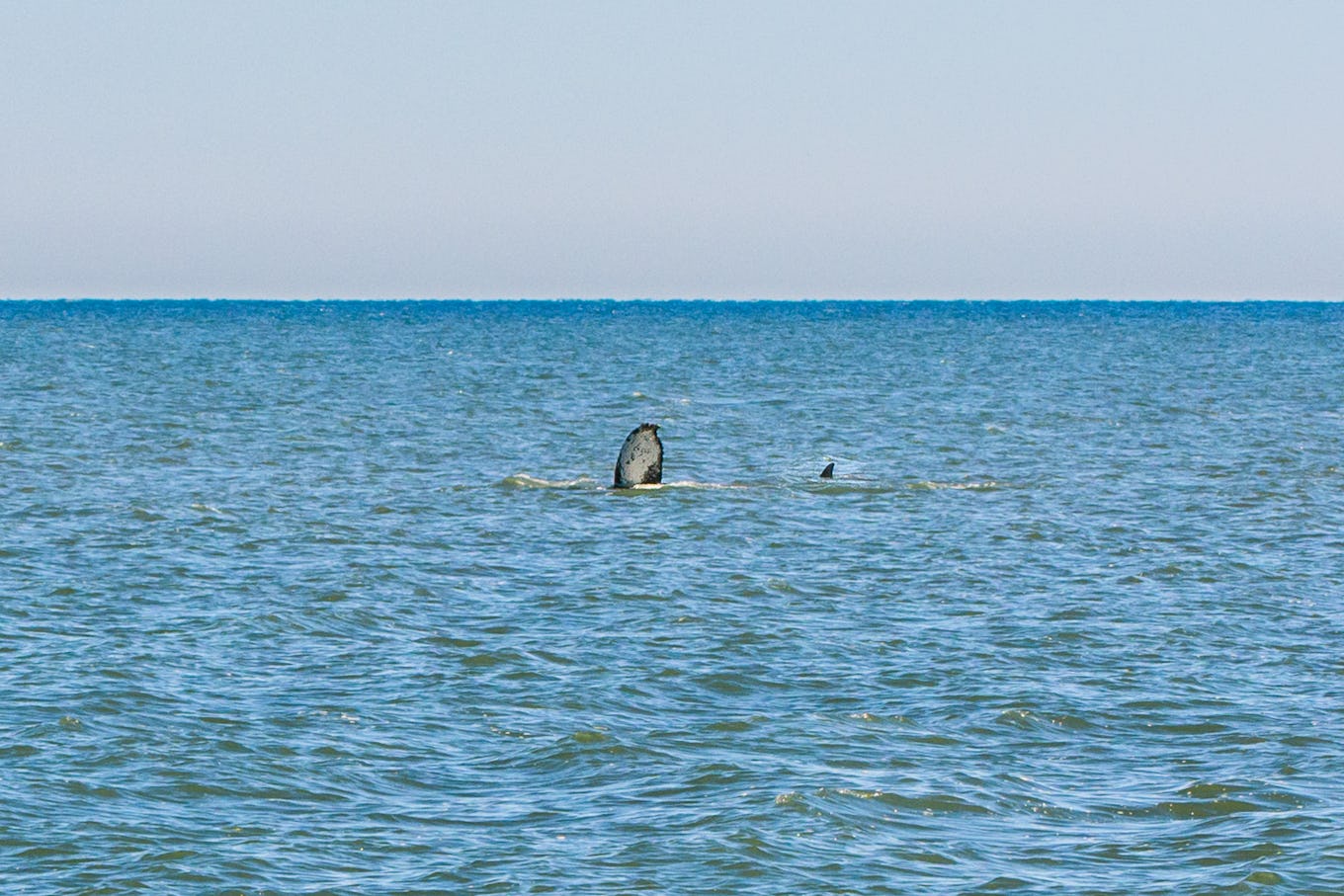 I was sitting on the beach when suddenly BAM a whale appeared. I was so glad I had my 300mm lens with me.
I was sitting on the beach when suddenly BAM a whale appeared. I was so glad I had my 300mm lens with me.
8. Watch the light, clouds, and reflections
Light conditions and cloud coverage can take ocean photos to the next level of awesome. Light constantly changes, and I always watch how the sunlight interacts with the waves and surrounding elements. Interesting cloud coverage makes for interesting skies and interesting photos. A sky with cool clouds can make for a much more dramatic landscape shot than the same photo with clear blue skies. Combine interesting skies, sparkling water, and good light and you are likely to get some killer reflections as well.
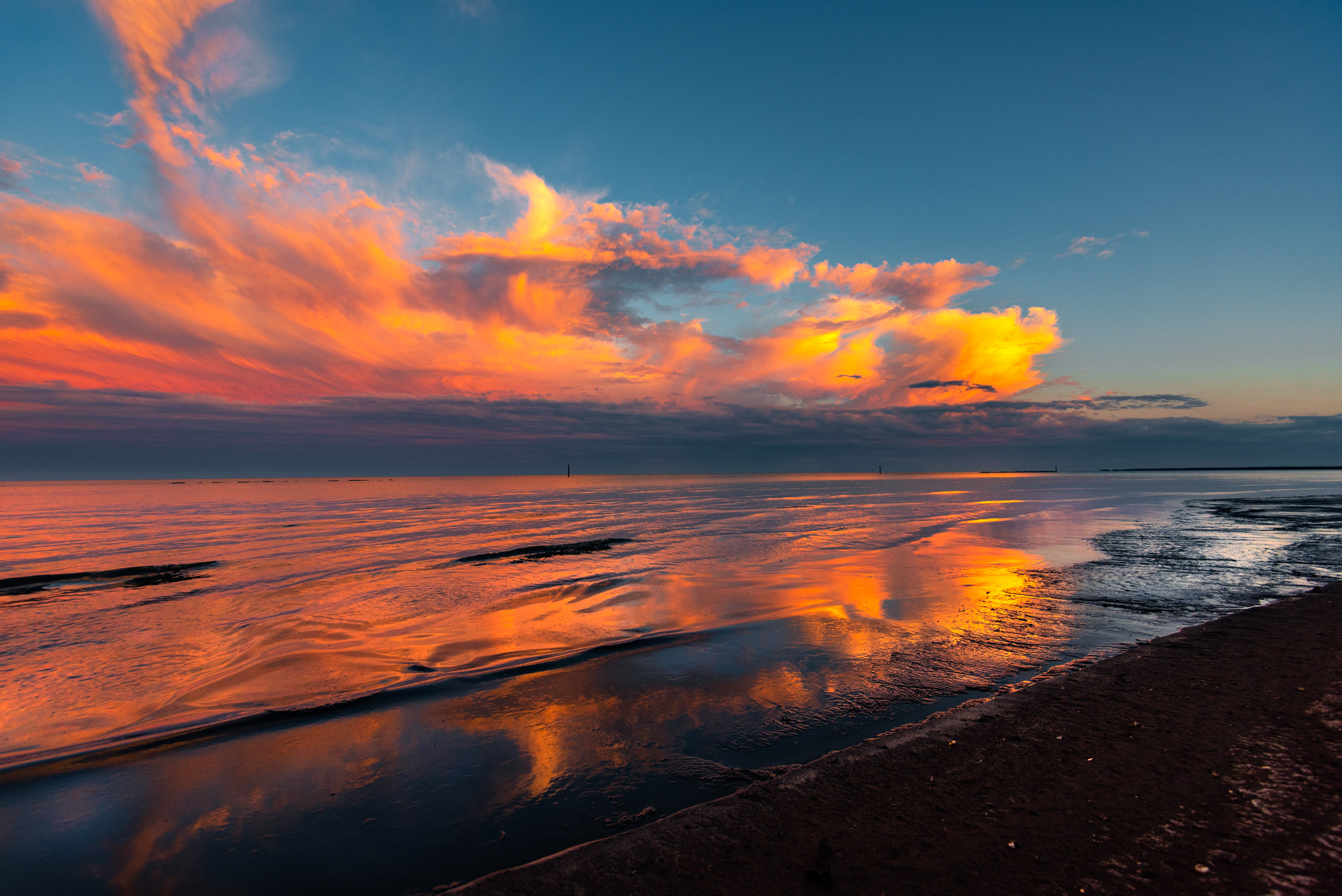
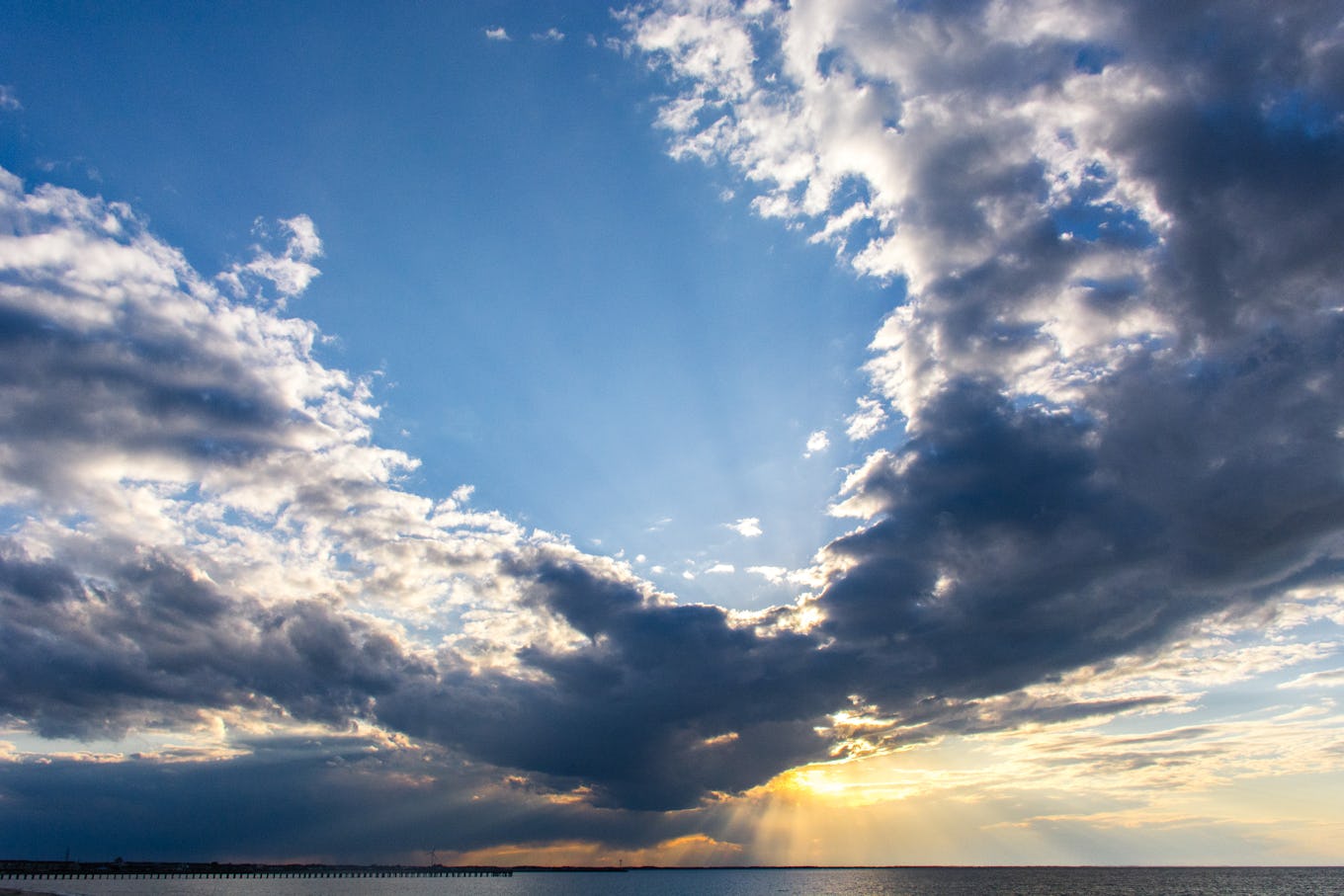
9. Brave inclement weather
Less than ideal weather can do really cool things to the ocean. Rain, snow, wind, storms, and fog can create some amazing conditions at the beach. Plus, you’ll be headed to the beach while everyone else is heading away, so you’ll likely be one of the few people crazy enough to brave the weather.
Disclaimer: Safety first!
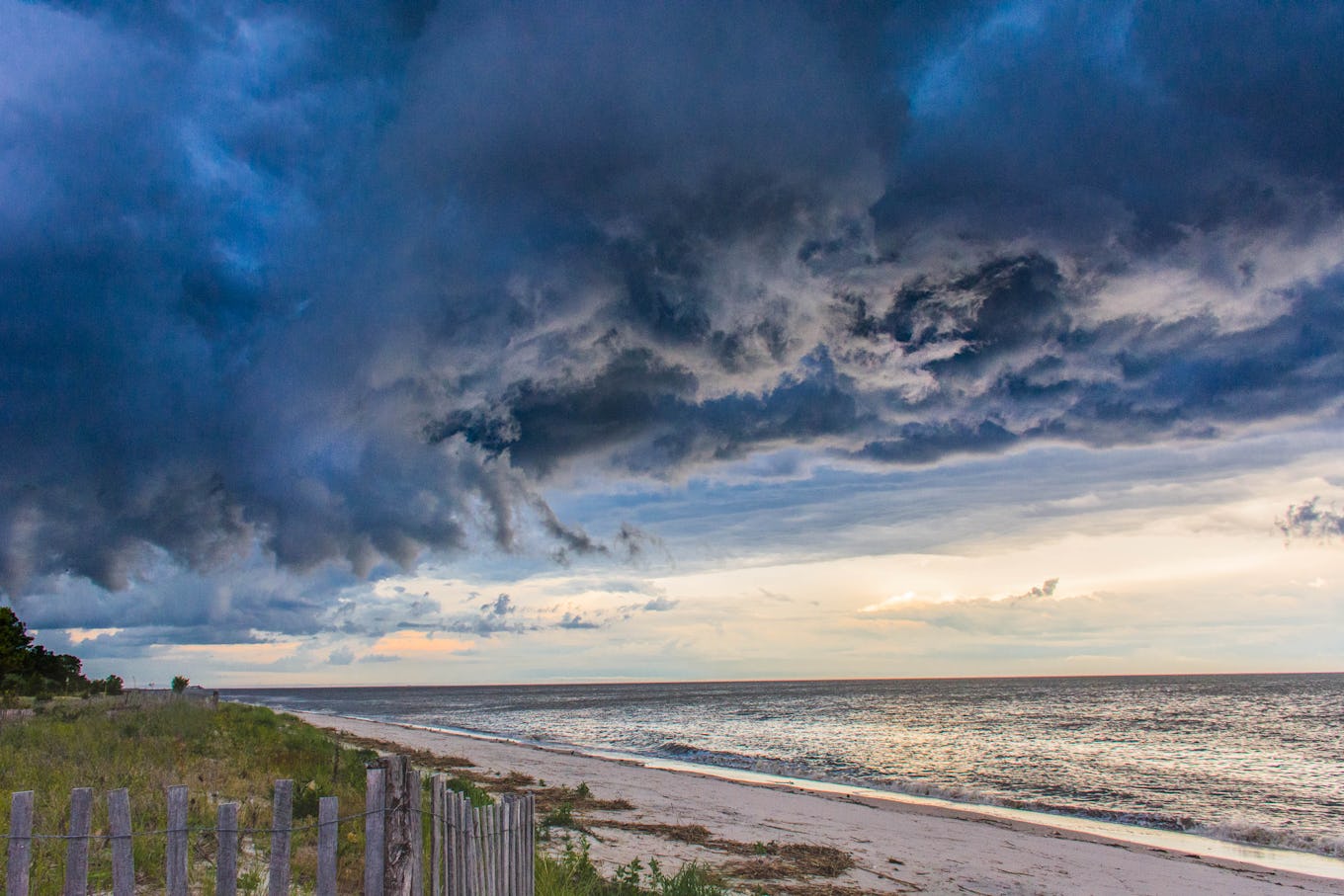
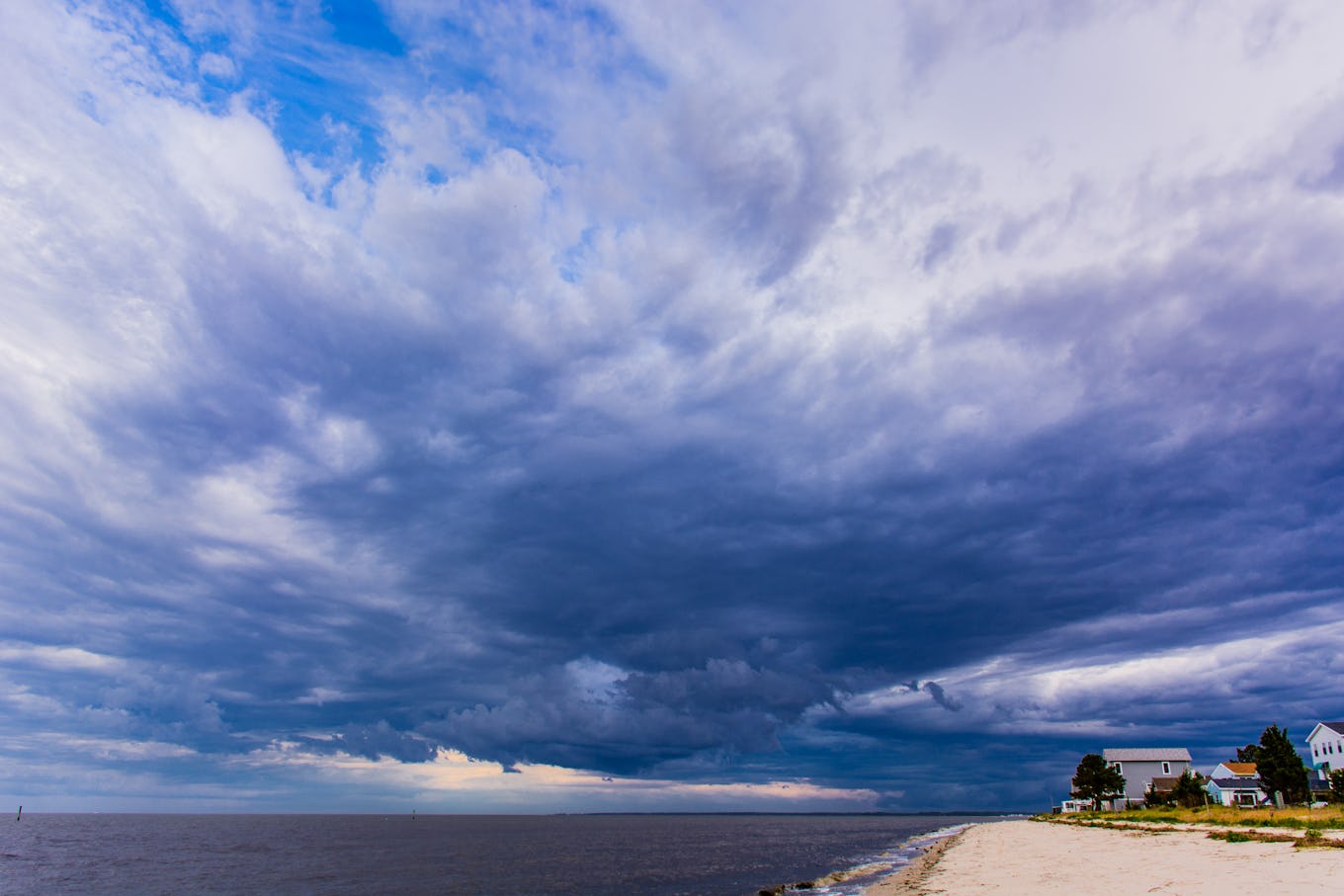
10. Keep going back
If you find a beach that you love and see potential in for future photographs, keep going back. Go back when the season changes, when the sun rises, when it’s raining, when it’s peak tourist season, when it’s the middle of the night, when it’s cold, whenever you can. My favorite beach is Cape Henlopen in Lewes, Delaware. Each time I return to the same beach, something is different, and I get inspired all over again by how much I love the ocean.
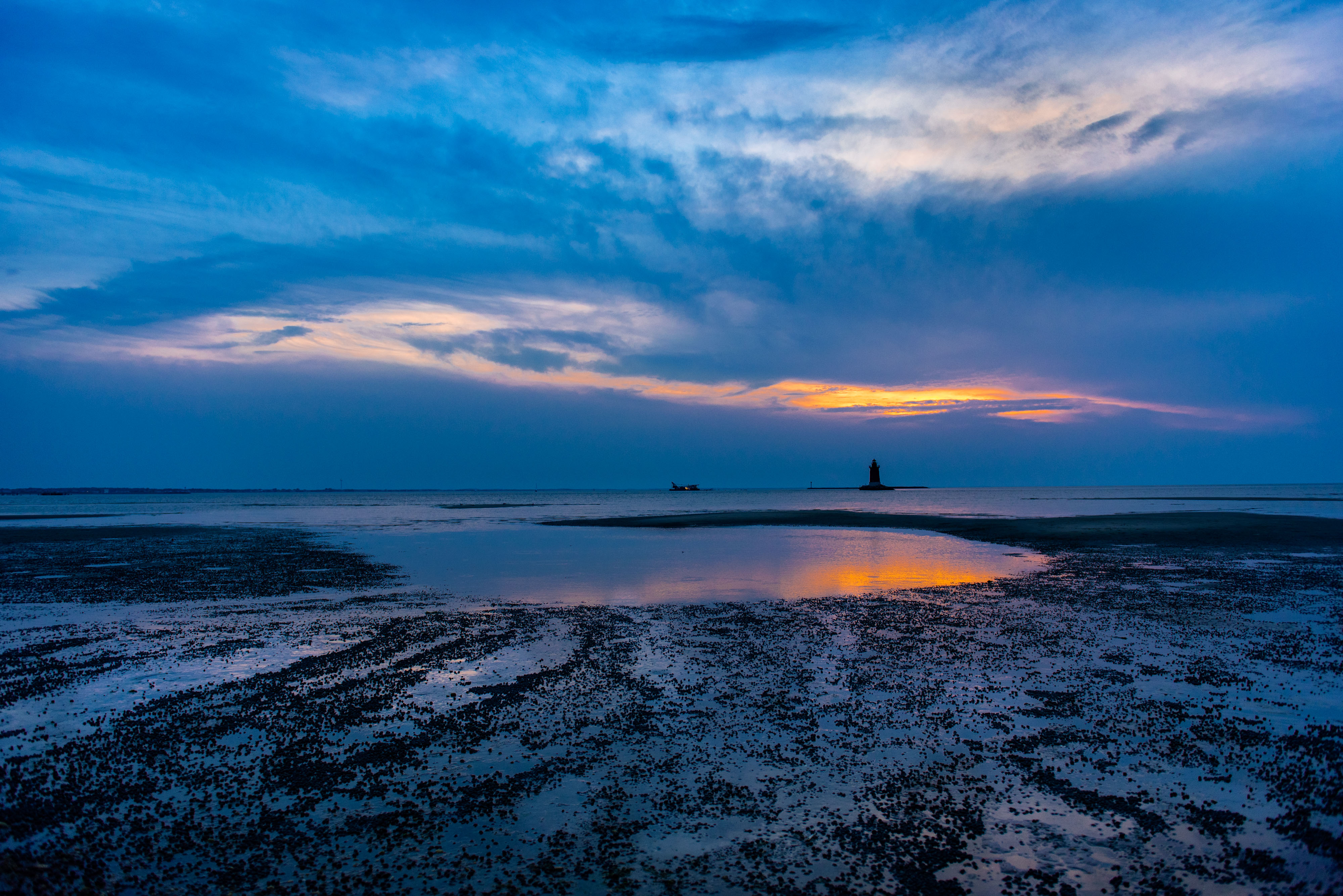
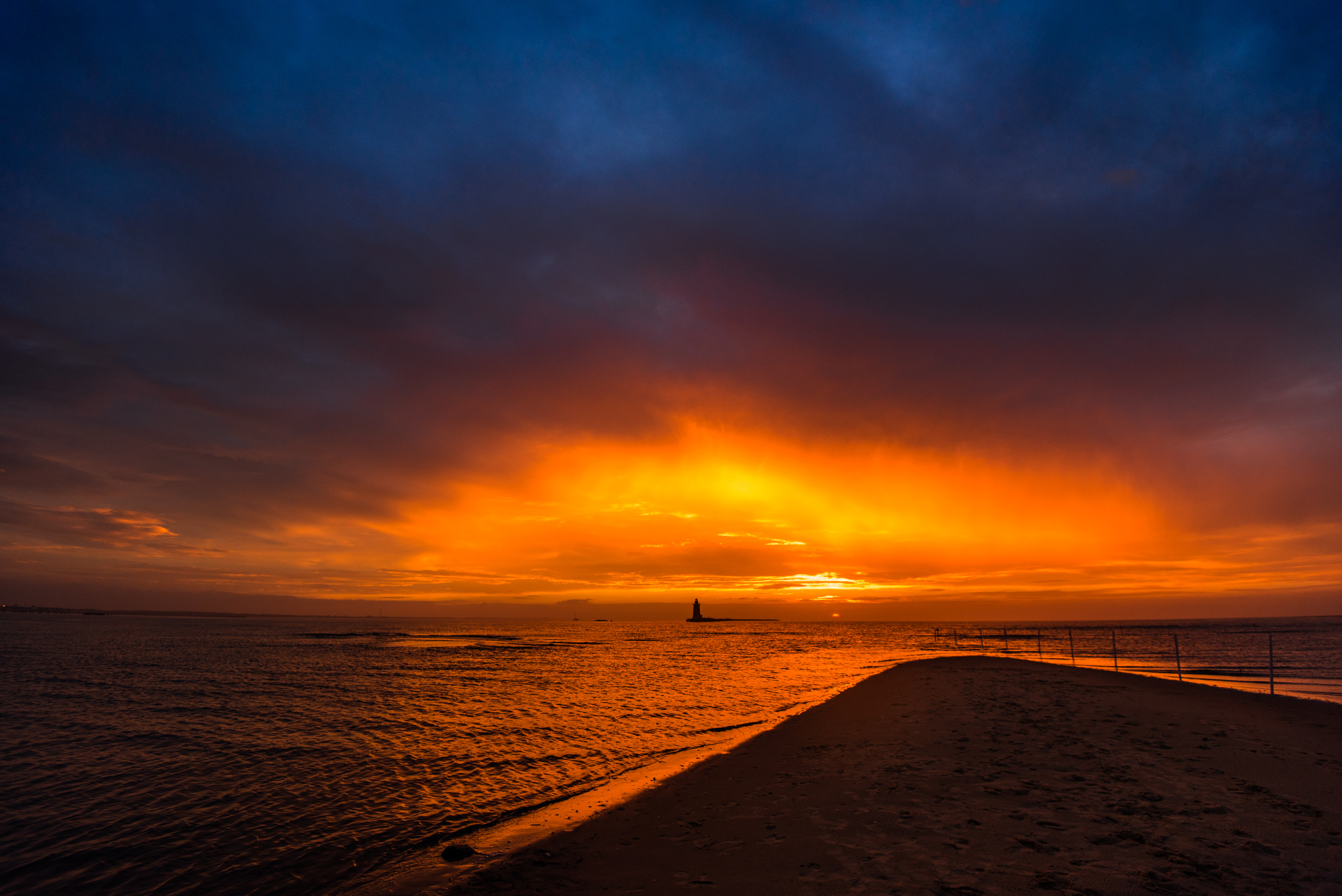
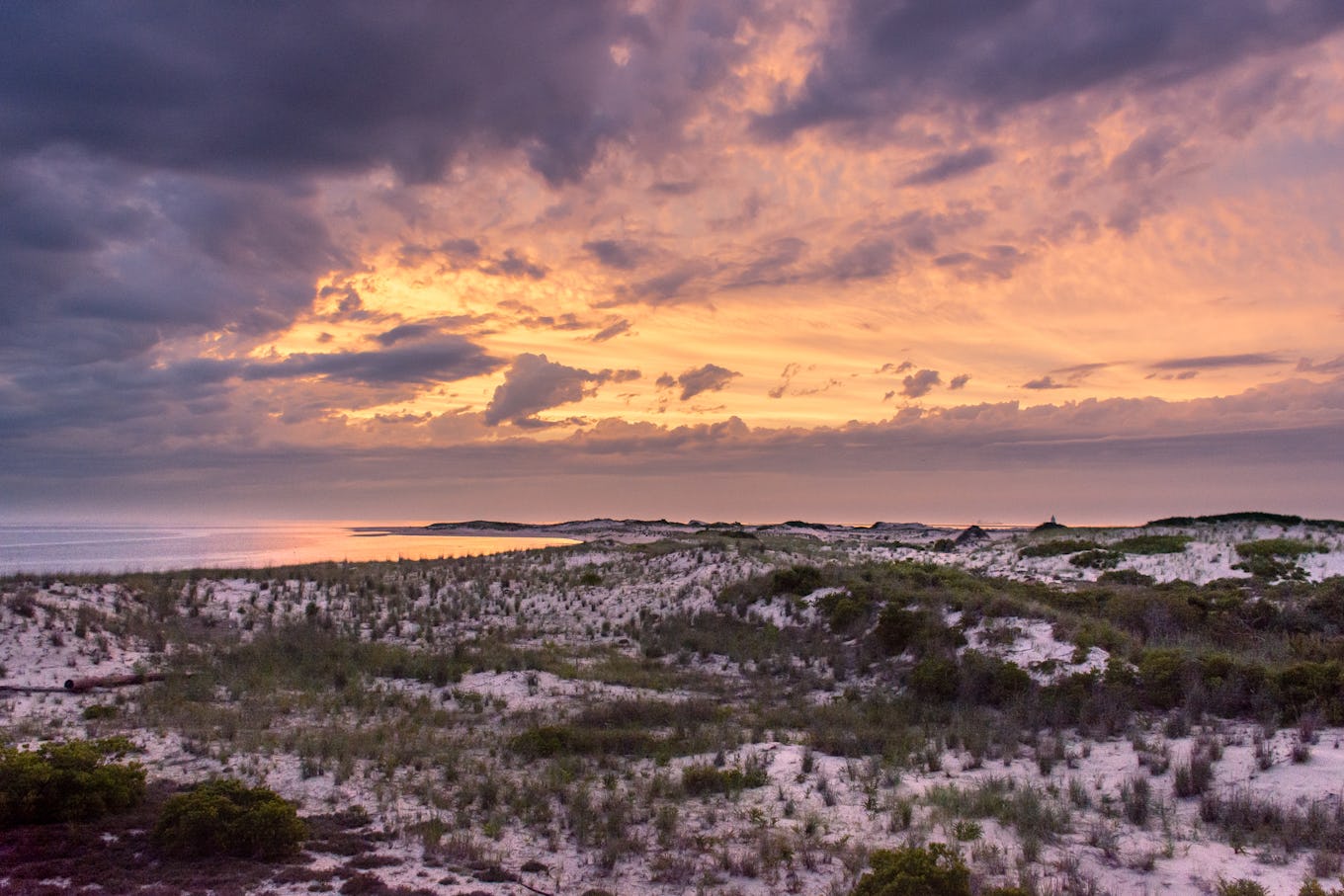
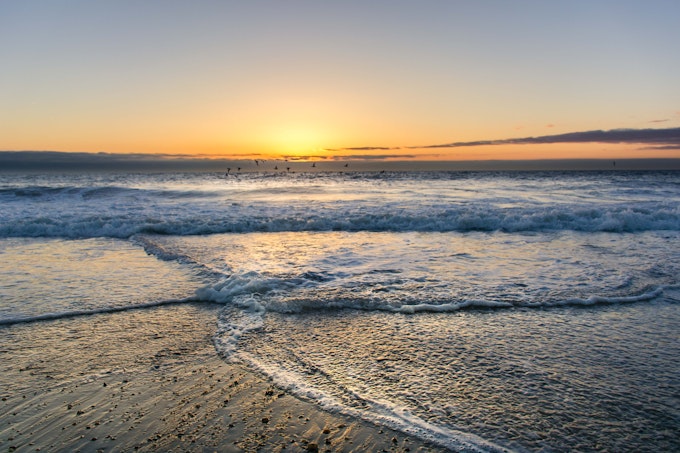

 Cape Henlopen State Park at low tide
Cape Henlopen State Park at low tide
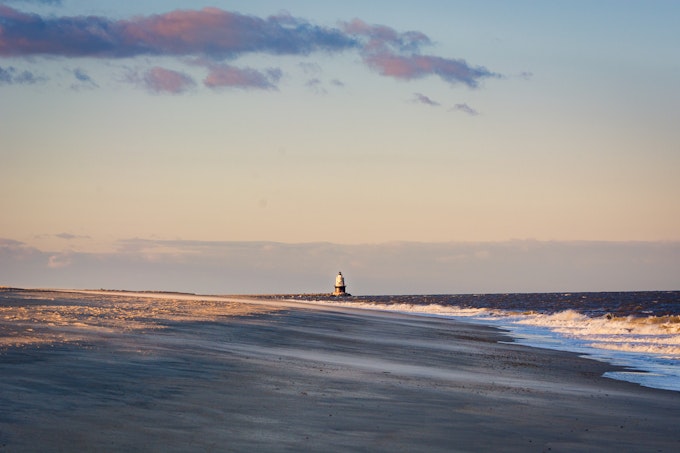 Winter colors at Cape Henlopen State Park
Winter colors at Cape Henlopen State Park Summer colors at Rehoboth Beach
Summer colors at Rehoboth Beach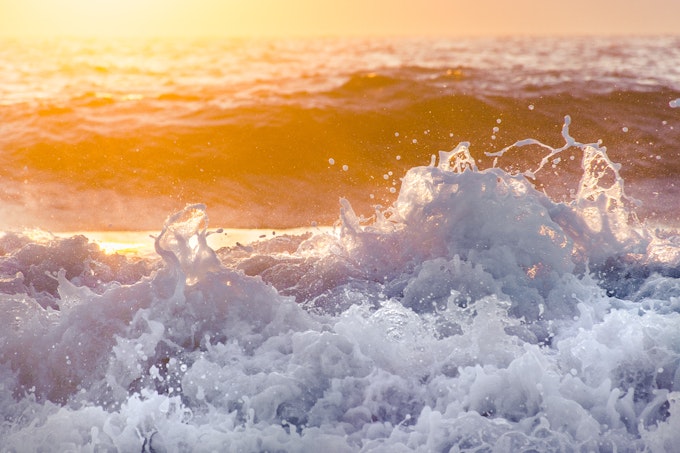 Sunrise #1: focusing on the way the sunlight interacts with the splash of the waves .
Sunrise #1: focusing on the way the sunlight interacts with the splash of the waves . Sunrise #2: Same sunrise, this time focusing on the overall look of the sun reflection
Sunrise #2: Same sunrise, this time focusing on the overall look of the sun reflection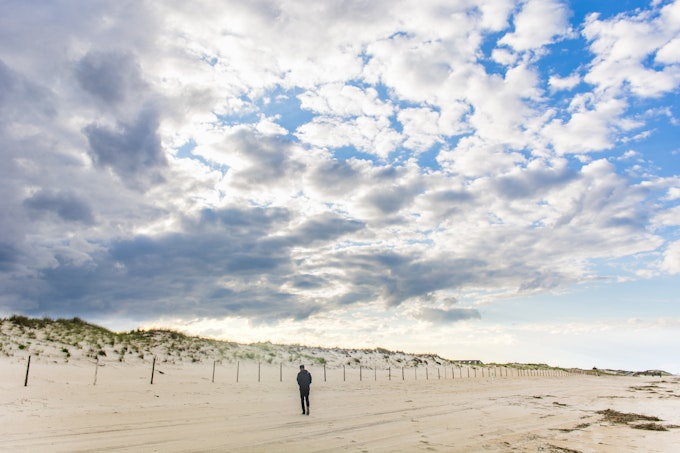
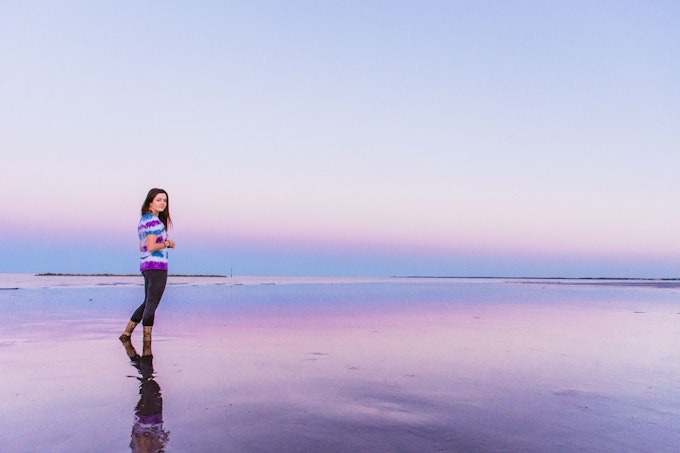

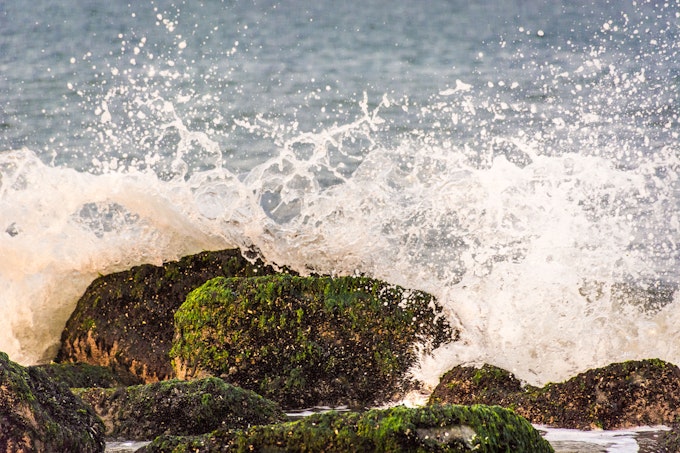
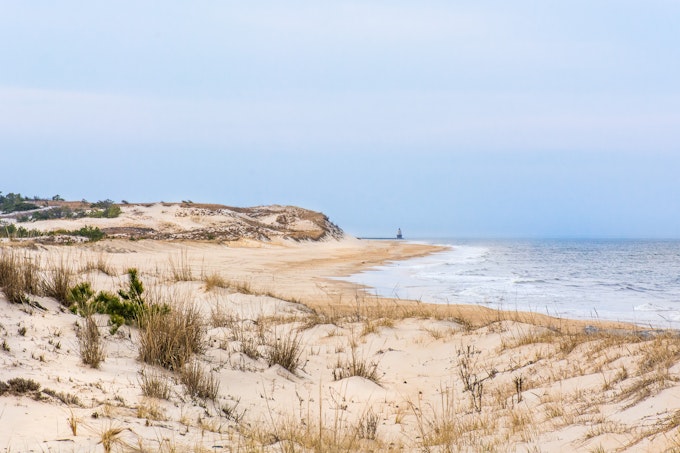

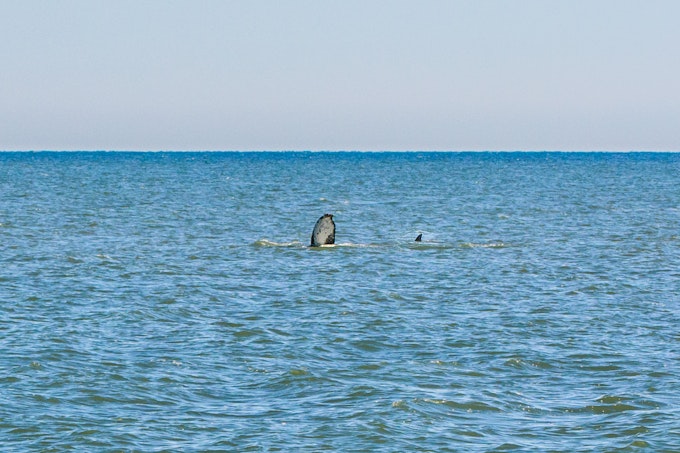 I was sitting on the beach when suddenly BAM a whale appeared. I was so glad I had my 300mm lens with me.
I was sitting on the beach when suddenly BAM a whale appeared. I was so glad I had my 300mm lens with me.

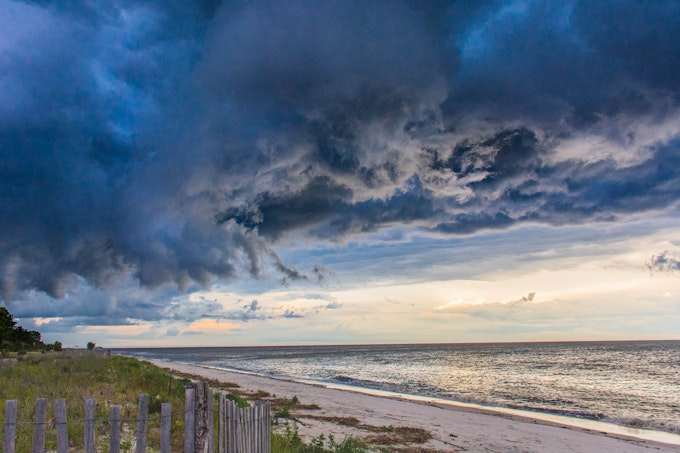
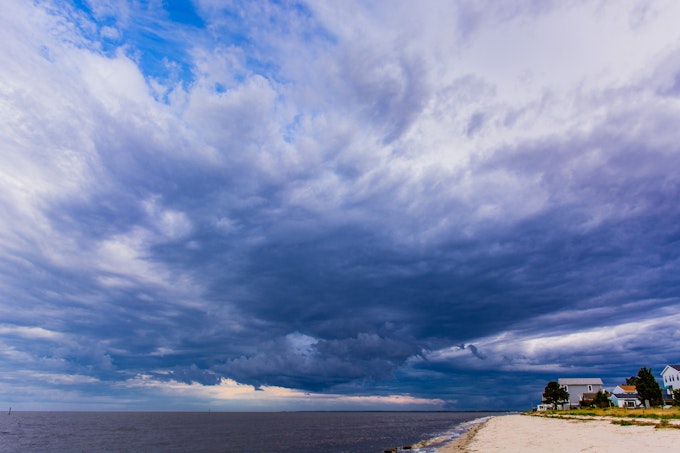


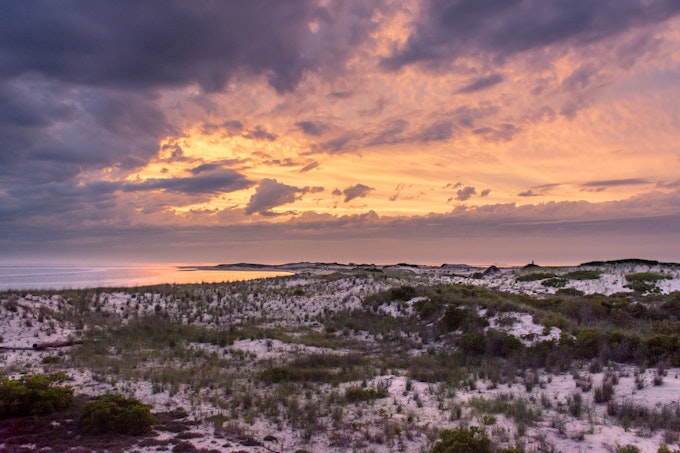

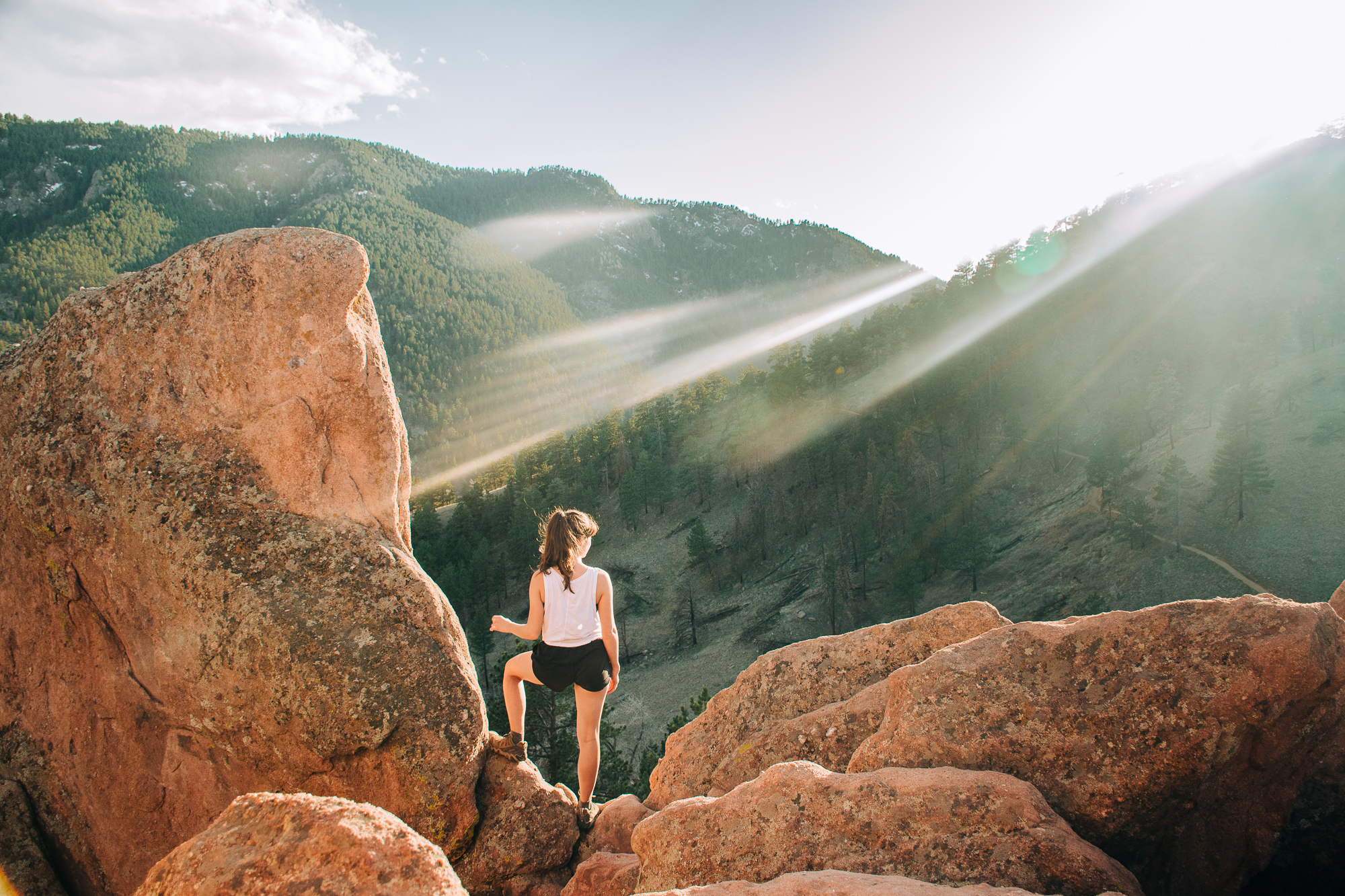


Nice post. I learn something new and challenging on blogs I stumbleupon on a daily basis.
It will always be interesting to read through content from other
writers and use a little something from their web sites.
Fabulous, what a website it is! This webpage provides valuable data to us, keep it up.
Thanks for your personal marvelous posting! I actually enjoyed reading
it, you can be a great author. I will make sure to bookmark your
blog and definitely will come back sometime soon. I want to encourage you to
continue your great job, have a nice afternoon!